All Stories
-
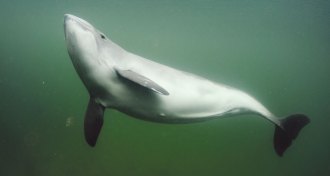 Animals
AnimalsIn marine mammals’ battle of the sexes, vaginal folds can make the difference
Patricia Brennan and colleagues found certain female ocean mammals have vaginal folds that give them an advantage in mating
-
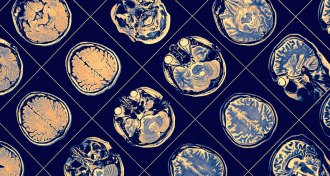 Neuroscience
NeuroscienceEven brain images can be biased
Brain scan studies that are drawn from rich and well-educated groups could lead to biased ideas of how our brains develop.
-
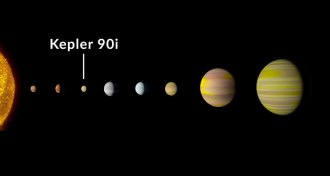 Astronomy
AstronomyAI has found an 8-planet system like ours in Kepler data
An AI spotted an eighth planet circling a distant star, unseating the solar system as the sole record-holder for most known planets.
-
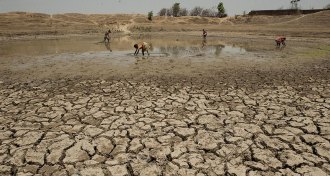 Climate
ClimateThese weather events turned extreme thanks to human-driven climate change
Ruling out natural variability, scientists say several of 2016’s extreme weather events wouldn’t have happened without human-caused climate change.
-
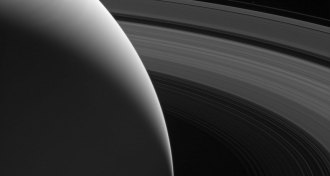 Planetary Science
Planetary ScienceSaturn’s rings are surprisingly young and may be from shredded moons
Final data from the Cassini spacecraft put a date and a mass on the gas giant’s iconic rings.
-
 Science & Society
Science & SocietyU.S. religion is increasingly polarized
Organized religion in the United States increasingly belongs to fervent believers, a new study finds.
By Bruce Bower -
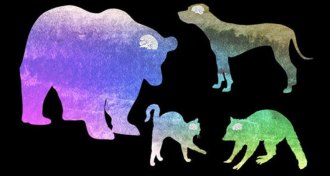 Neuroscience
NeuroscienceIn a tally of nerve cells in the outer wrinkles of the brain, a dog wins
Among some carnivores, golden retrievers rate at the top for numbers of nerve cells, study finds.
-
 Health & Medicine
Health & MedicineAn abundance of toys can curb kids’ creativity and focus
Too many toys may lead to more shallow play for toddlers, a new study suggests.
-
 Health & Medicine
Health & MedicineFracking linked to low birth weight in Pennsylvania babies
Babies born to moms living within one kilometer of a hydraulic fracturing site were more likely to be born underweight, researchers say.
-
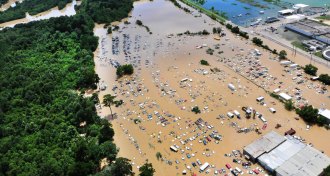 Earth
EarthFederal maps underestimate flood risk for tens of millions of people, scientists warn
New flood maps suggest that the U.S. government underestimates how many people live in floodplains.
-
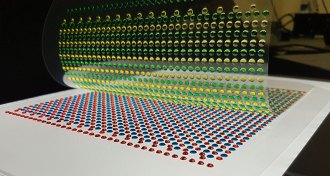 Tech
TechElectric eels provide a zap of inspiration for a new kind of power source
Battery-like devices inspired by electric eels could someday power wearable and implantable tech or soft robots.
-
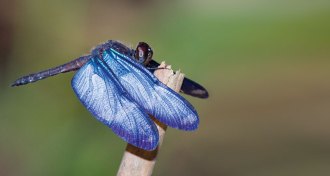 Science & Society
Science & SocietyThese are the most-read Science News stories of 2017
From Cassini and eclipses to ladybugs and dolphins, Science News online readers had a wide variety of favorite stories on our website.